Malpositioned central venous catheters

“The prevalence of IJ and SC CVC tips outside of the recommended location was high. Left-sided catheters, patient weight, and sex were associated with malposition” Weber et al (2022).
Augmented reality CVC insertion technology

“Central catheter insertion using augmented reality technology is more safe and accurate than that using conventional methods and can be performed at no additional cost in oncology patients” Youn et al (2022).
Needlestick in nursing education
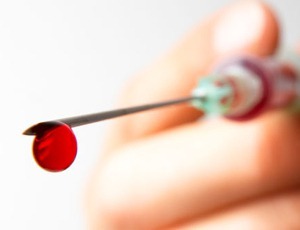
“Increasing awareness and empowerment levels of nursing students through training can reduce the occurrence and the underreporting of NSIs” Bilek et al (2021).
Tunneled central venous catheter access – Full Text

“Unlike non-tunneled central venous catheters (CVCs), tunneled CVCs travel under the skin and terminate away from the venous access site” Flick and Winters (2021).
Fibrin sheath outcomes reviewed

“FSD at the time of CVC removal was not associated with increased risk of infectious complications or death due to infection” Waters et al (2022).
Reducing pediatric medication errors

“After implementation of a precalculated mL dose system by patient age for EMS providers, most pediatric medications were reportedly administered within the appropriate dose range” Rappaport et al (2022).
Central line insertion training

“The objective of this study was to explore variability in existing training and accreditation processes for Central venous access device (CVAD) insertion” Parikh et al (2022).
Alarm fatigue in ICU

“This study highlights the need to develop a standardized medical device alarm management protocol that can help identify different alarms correctly and respond to them rapidly and appropriately” Jeong and Kim (2022).
Retained CVC guidewire – Full Text

“A day after the catheter insertion, the guidewire was noted on a routine chest X-ray extending into the base of the skull. The clinical course was complicated with cerebral infarction” Almehmi et al (2021).
OPAT for infective endocarditis

“The outcome of patients with E. faecalis IE treated with AC in OPAT programs relies on an optimization of the delivery of the combination” Herrera-Hidalgo et al (2021).
Hemodialysis catheter malfunction in patients with COVID-19
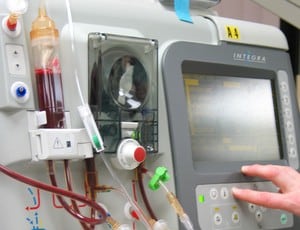
“A high incidence of temporary dialysis catheter lumen dysfunction was present in patients with COVID-19 infection. Catheters placed via a femoral vein access had more frequent dysfunction with shorter indwelling time” Shanmugasundaram et al (2022).
Smart IV infusion pumps outside of patient rooms

“In this article, the authors describe an important nursing innovation they employed at Montefiore Medical Center in the Bronx, New York, during the spring 2020 COVID-19 surge: the relocation of smart iv infusion pumps outside of patient rooms” Messing et al (2022).
Central venous catheterization-related fatal bleeding

“This study aimed to identify the recommendation points that should be emphasized to prevent recurrence of central venous catheterization-related deaths” Otaki et al (2022).
Timely access to intraosseous access devices – Full Text

“Task-based package organization of neonatal emergency backpacks is feasible and might be superior to ABC-/material-oriented storage” Sommer et al (2021).
COVID-19 and blood for transfusion availability

“Our survey describes challenges experienced by LMIC blood systems during the COVID-19 pandemic. While the decline in blood supplies was severe, adaptive measures included collaboration, outreach, and CCP programs” Barnes et al (2022).
Transfusion lab virtual reality walkthrough

“Therefore, we created an interactive, educational 360° virtual reality walkthrough tour using off-the-shelf commercially available 360° cameras and software of the Transfusion service and Microbiology Laboratories” Tsang et al (2022).
IV drip flow regulator damage

“The rupture of a flow regulator at the base of the clamp was observed during parenteral nutrition” Cherpin et al (2021).
Nursing care during lidocaine infusion

“With more and more perianesthesia nurses involved with chronic pain management, it is imperative they understand the special nursing care needs of patients receiving intravenous lidocaine infusion therapy” Wren (2021).
CLABSI with Kocuria varians – Full Text

“We report a rare case of central venous catheter (CVC) infection associated with Kocuria varians, which was successfully treated with CVC salvage” Mathew et al (2021).
Central venous catheter sites

“These results demonstrate a differential effect of the insertion site of CVC in neutropenic patients with a significantly reduced frequency of CVC-related blood stream infections in SCV-CVC” Heidenreich et al (2022).
Ultrasound guided catheter tip location in neonates

“POCUS guided localization of small bore PICC is a non-invasive and effective alternative to the conventional radiogram” Grasso et al (2021).
PICC insertion side and CLABSI risk

“There appears to be an increased risk of CABSI in patients with cancer for CVAD inserted into the right-side for around two weeks after line insertion” Jones et al (2021).
Upper extremity DVT risk factors

“The presence of upper extremity fractures, PICC lines, and TBI were independent risk factors for UEDVTs” Walusimbi et al (2022).
Needlestick prevention among nursing students in China – Full Text

“A cross-sectional study of 400 nursing students was carried out to assess the participants’ knowledge, attitudes, and practices regarding prevention of NSIs” Wang et al (2021).
Catheter dislodged from implantable port
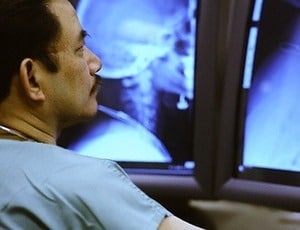
“The retrieved catheter displayed a tear and dislodgement at the anastomosis between the port and catheter” Fujimori et al (2021).
Reducing IM injection pain in children

“The results of this study support the effectiveness of the Palm Stimulator to reduce perceived pain in children during intramuscular injection administration in the pediatric emergency department” Zengin et al (2021).
Challenging central line poor practice
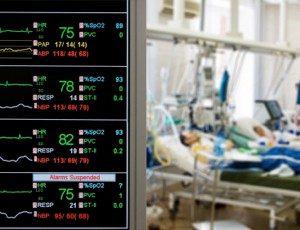
“This study shows the diversity and complexity of factors affecting intensive care nurses’ procedure compliance when accessing central lines” Morris and Jakobsen (2022).
IV filters and closed system drug transfer devices

“e strongly recommend the use of in-line filters combined with infusion routes after CSTD use to avoid contamination-associated adverse events” Sumikawa et al (2022).
Training for intravenous admixture services – Full Text
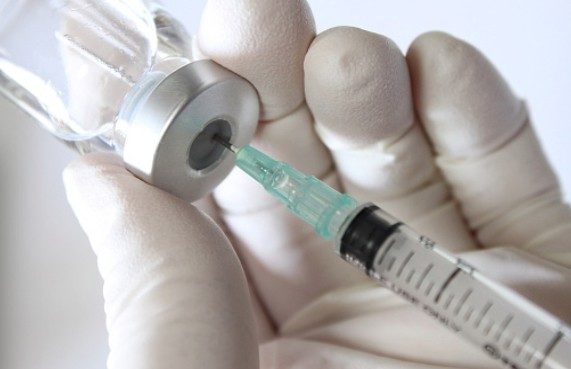
“It is necessary to develop training standards for PIVAS staff to improve employee capabilities and job satisfaction” Ni et al (2021).
Locating broken scalp vein needle

“In this method, three-dimensional reconstruction of multislice spiral CT was used to diagnose and locate the broken catheter according to the anatomical morphology of the indwelling needle” Liu et al (2021).

